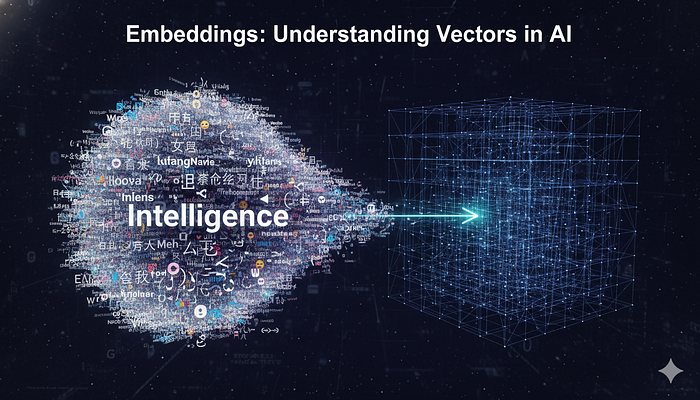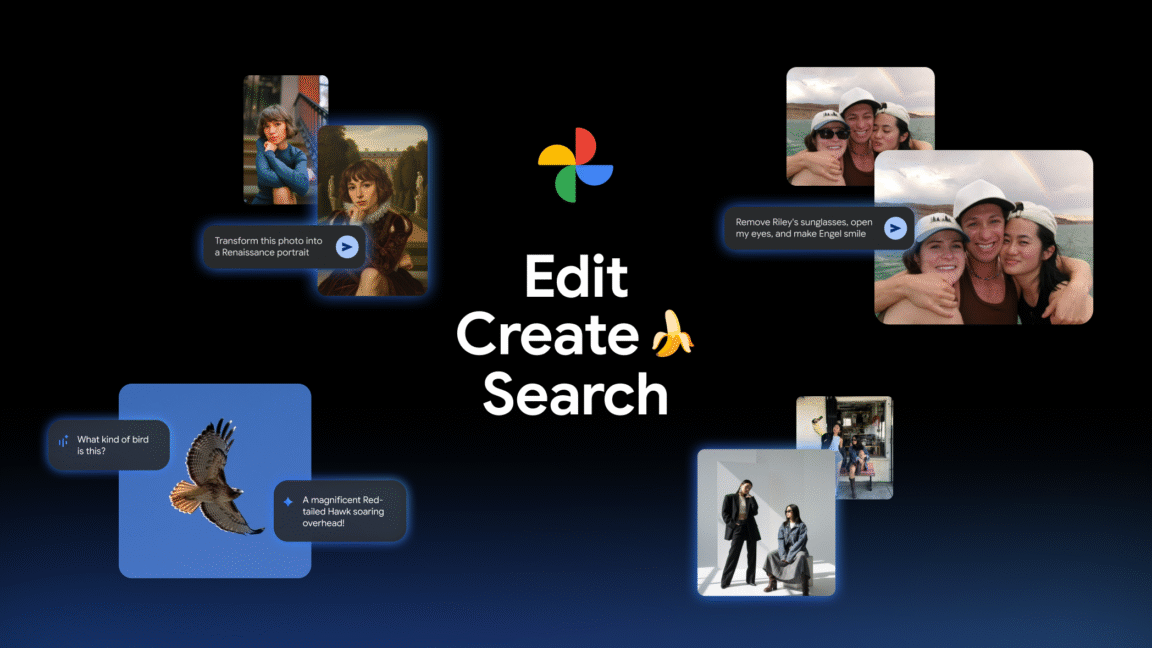Introduction to Embeddings
We live in a world obsessed with the latest AI spectacles: the stunning photorealistic images, the philosophical conversations with a chatbot, the code that practically writes itself. We’re constantly hearing about billions of parameters and revolutionary new architectures. But before a Large Language Model can write a single, perfect sentence about existential dread or plan your next vacation, it has to perform an act of digital alchemy so fundamental, it’s almost magical. It has to take the glorious, chaotic, beautiful mess of human language — all the slang, all the metaphor, all the nuance — and boil it down to the only language a computer truly respects: pure mathematics.
What are Embeddings?
Embeddings are a way to teach machines the meaning and relationship among words. They bridge the lexical gap by transforming human language into mathematical vectors that capture meaning. This allows AI systems to understand context and semantics better than traditional keyword-based methods.
How are Embeddings Created?
The embedding process is a form of digital alchemy. It takes the complexity of human language and converts it into a simple mathematical representation. This representation can be used by AI systems to understand the meaning of words and their relationships.
Applications of Embeddings
Embeddings have many applications in AI, including:
- Semantic search: Embeddings can be used to improve search results by understanding the context and meaning of the search query.
- Recommendations: Embeddings can be used to recommend products or services based on their semantic meaning.
- Natural Language Processing (NLP): Embeddings are a crucial component of NLP, allowing machines to understand the meaning of human language.
Evolution of Embeddings
The field of embeddings is constantly evolving. One of the latest developments is the use of contextual embeddings. Contextual embeddings take into account the context in which a word is used, allowing for more accurate representations of meaning.
Conclusion
In conclusion, embeddings play a fundamental role in AI. They allow machines to understand the meaning and relationship among words, enabling them to perform tasks such as semantic search and recommendations. As the field of AI continues to evolve, the importance of embeddings will only continue to grow.
FAQs
- What is the purpose of embeddings in AI?: The purpose of embeddings is to teach machines the meaning and relationship among words, allowing them to understand context and semantics.
- How are embeddings created?: Embeddings are created through a process of digital alchemy, which converts human language into mathematical vectors that capture meaning.
- What are some applications of embeddings?: Embeddings have many applications, including semantic search, recommendations, and NLP.
- What is the future of embeddings in AI?: The field of embeddings is constantly evolving, with developments such as contextual embeddings allowing for more accurate representations of meaning.











